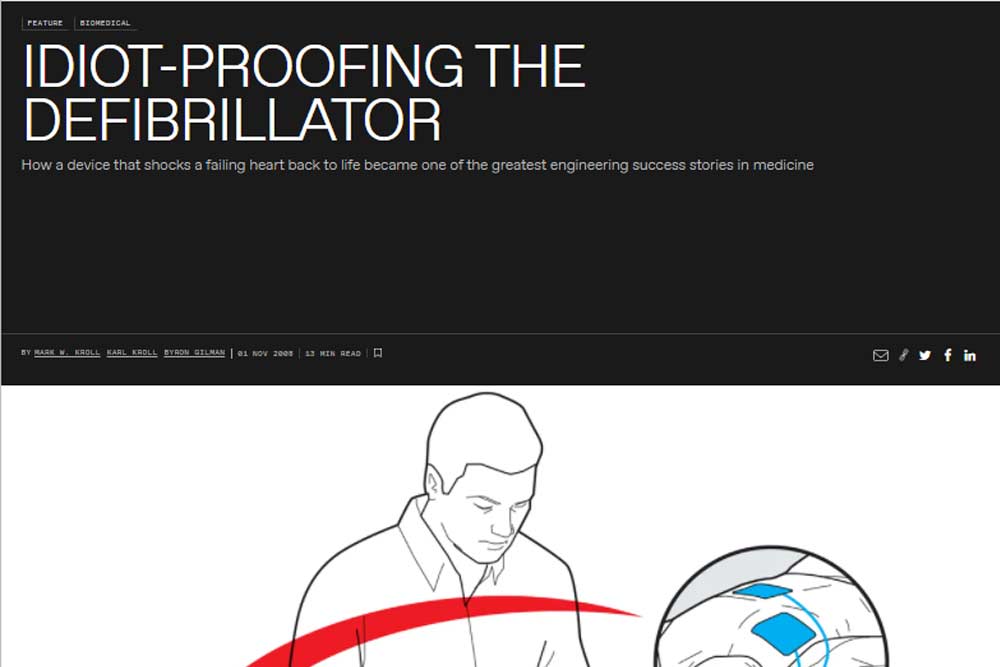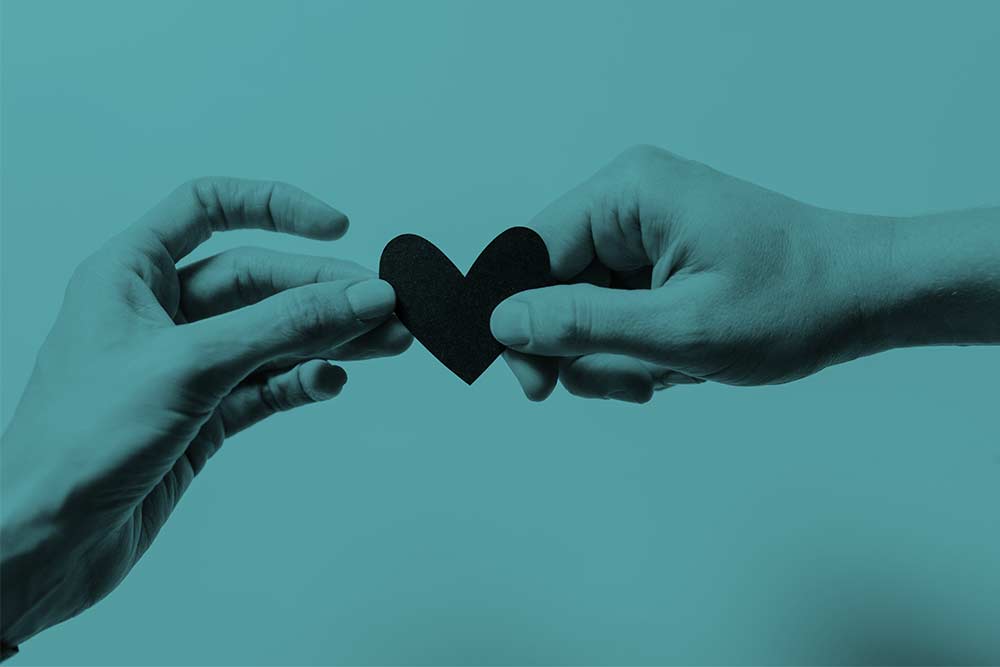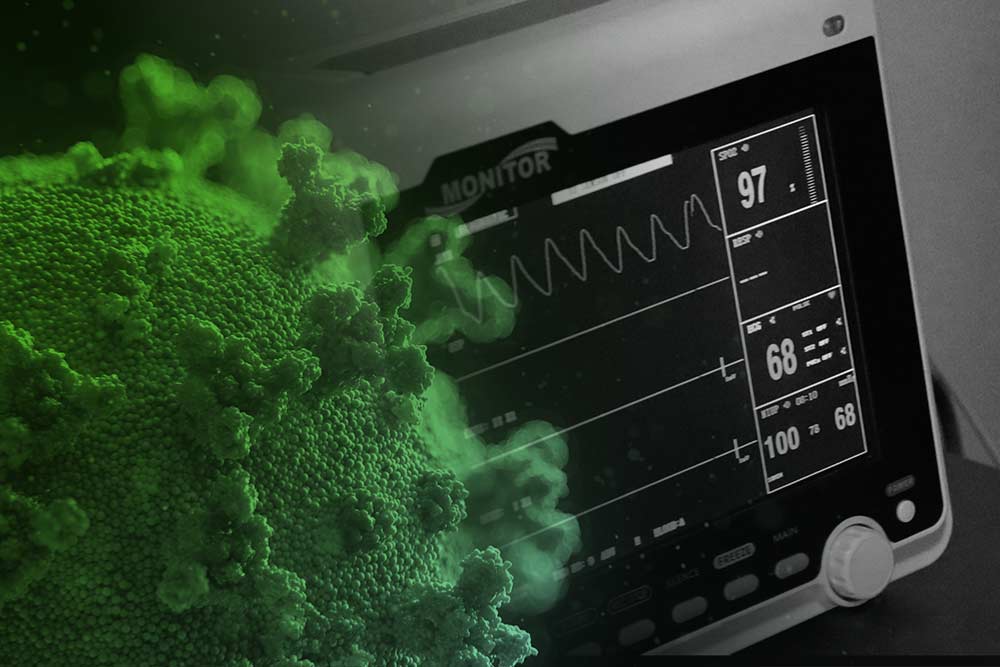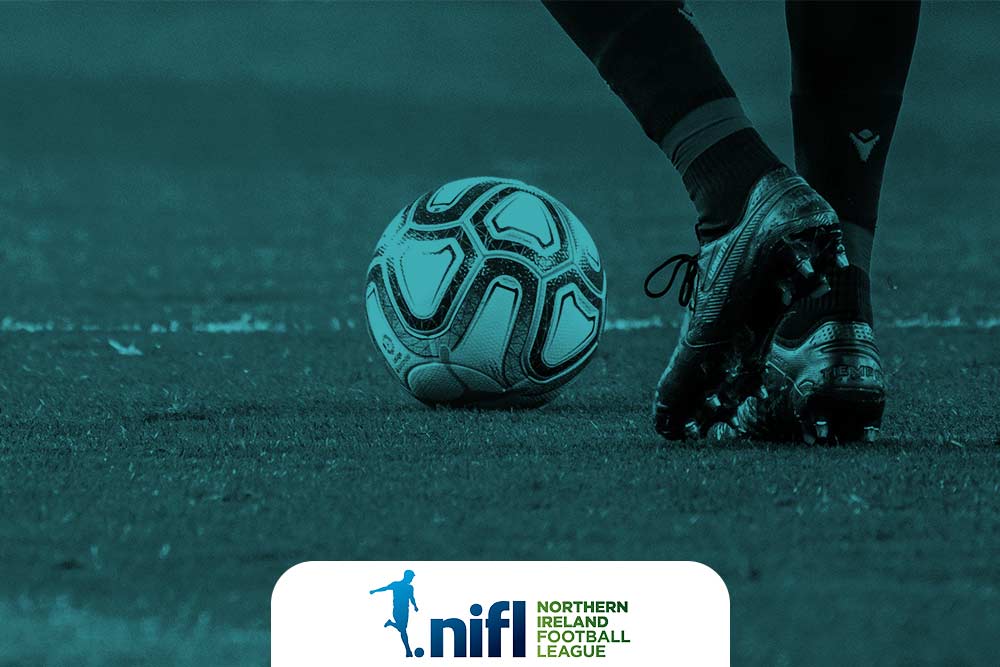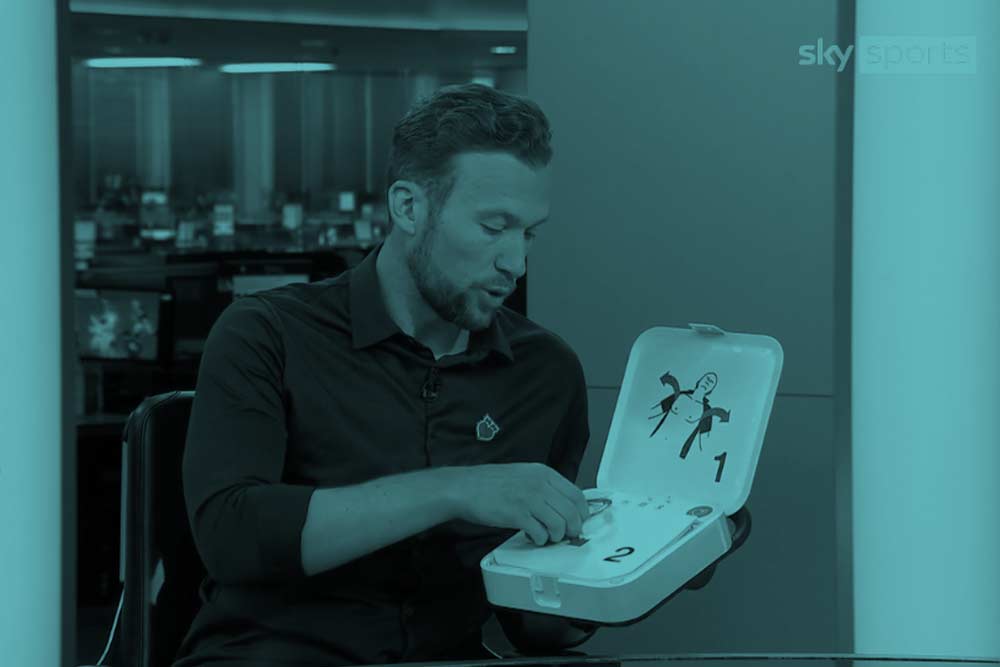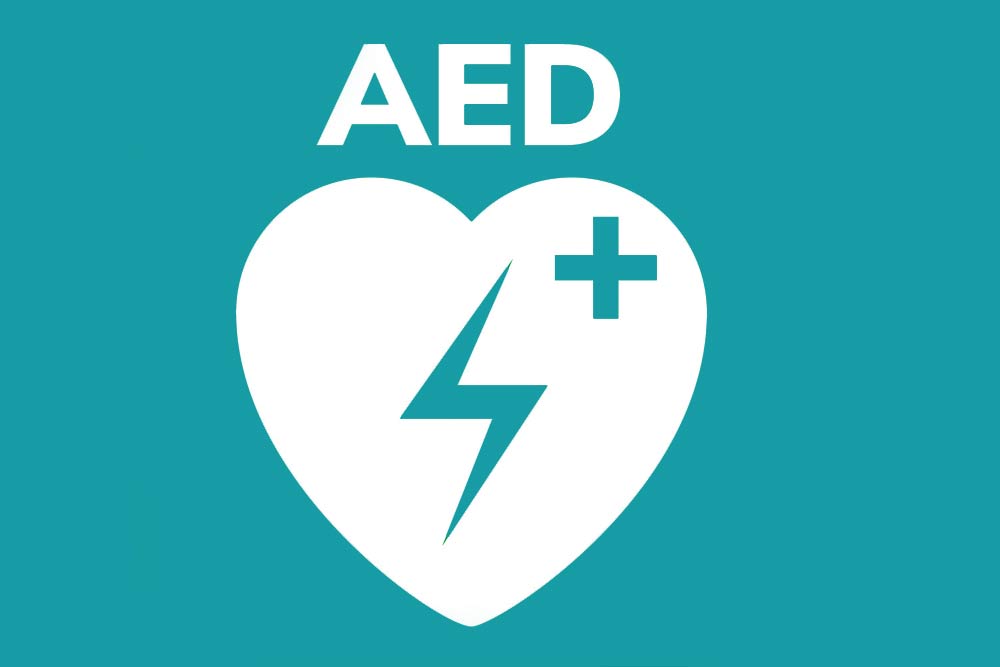Describing AED’s as the Ctrl-Alt-Del for the heart, the article explains what’s happening inside the AED which has two main functions. First, it needs to recognize the lethal haywire rhythm of ventricular fibrillation. Second, it needs to deliver a 100-kilowatt shock to the heart. This jolt allows the heart to restart its normal rhythm, sort of like a Ctrl-Alt-Del for the organ. If the shock is delivered in the first minute of ventricular fibrillation, in more than 90 percent of cases the heart will regain a normal sequence of electric signals, and the steady contractions will return. It took decades of careful engineering to develop a device that could perform those two functions reliably, have a long shelf life, and be both safe and easy to use.
Increasing the Availability of Automated External Defibrillators at Sporting Events: A Call to Action from the American College of Sports Medicine
Just published in Curr Sports Medicine Journal. It highlights that given that most sudden cardiac arrests (SCAs) occur outside of a medical facility, often in association with exercise and sporting events, and given that early cardiopulmonary resuscitation (CPR) plus defibrillation is the strongest predictor of survival from SCA, this Call to Action from the American College of Sports Medicine recommends increasing the availability and effectiveness of early CPR plus defibrillation so that the time from collapse-to-first automated external defibrillator shock is less than 3 min.
A local non-profit in Jackson, USA is pairing with Avive, makers of AED machines to help those who suffer cardiac arrest in public
“The 4-Minute City is a program that we’re implementing in five communities across the country, and the ultimate goal is to improve survival rates from out of hospital cardiac arrest, which is one of the leading killers across the country,” said Sameer Jafri, President of Avive Solutions Inc. Jackson will be one of the five cities in the nation involved in this program. Avive Solutions has partnered with a local nonprofit, Friends of Heart, to create and disperse next generation AEDs. “We wanted it to be a coordinated approach, where we specifically placed these devices so that we can reduce response times versus AEDs just being out there in the community today,” Jafri said.
https://www.wbbjtv.com/2021/07/14/4-minute-city-program-aims-to-save-lives-in-jackson/
Heartsine’s (Stryker’s) Pay-It-Forward Heart Initiative
Forward Hearts lets survivors of a sudden cardiac arrest (SCA) event, in which a HeartSine Automated External Defibrillator (AED) has been used, to pay it forward and potentially save another life by donating an AED to the organization of the survivor’s choice. When a HeartSine AED is used to save a life in a qualifying rescue, the sudden cardiac arrest survivor chooses an organization to receive a donated AED provided by Stryker on behalf of the survivor. The survivor can choose to make their donation to the organization anonymously or be part of a public announcement.
If you have a Forward Hearts story, or know of someone who survived a sudden cardiac arrest due to a HeartSine AED, please share your story with us by completing a Forward Hearts form.
Out‑of‑hospital cardiac arrest prognosis during the COVID‑19
Since the outbreak of COVID19, many health-care providers have urged patients to limit or delay non-urgent visits to minimize the risk of transmission. During the COVID-19 pandemic, there has been up to 48% reduction in acute myocardial infarction-related hospitalizations. There are several explanations for increased Out of Hospital Cardiac Arrest (OHCA) associated mortality during the pandemic; the first is due to increased unwitnessed cardiac arrest. Due to a stay at home order during this time, people who live alone are at higher risk of unwitnessed cardiac events. Second, the rate of bystander CPR/shock treatment was halved compared to the non-pandemic period; the looming possibility of COVID-19 transmission may cause hesitancy to perform such activity. In conclusion, the COVID-19 pandemic was associated with higher OHCA-related mortality.
The Northern Ireland Football League is set to provide defibrillators for all 41 member clubs
Following a risk assessment, the Northern Ireland Football League (NIFL) board have agreed to supply devices to all 41 football clubs in Northern Ireland. After the distressing episode at Euro 2020 in Denmark with Christian Eriksen, NIFL chiefs have recognised the need to help clubs potentially save the life of someone experiencing a sudden cardiac arrest.
How to use a defibrillator
Charlie Edinburgh, who lost his dad Justin after he suffered a cardiac arrest, demonstrates how to use a defibrillator, which helped saved the life of Christian Eriksen when he had a cardiac arrest during Denmark’s Euros opener against Finland.
https://www.skysports.com/watch/video/sports/football/12340599/how-to-use-a-defibrillator
Visit us at Arab Health – Virtual Event
Intelesens are pleased to be exhibiting the Arab Health Event this year – Virtually.
For all your electrode development, design and manufacturing needs, check out our booth via the following link:
https://connections.
June published study from the USA on “Out-of-Hospital Cardiac Arrest Bystander …”
Probability of survival after out-of-hospital cardiac arrest (OHCA) doubles when a bystander initiates cardiopulmonary resuscitation and uses an automated external defibrillator (AED) rapidly. National, state, and community efforts have increased placement of AEDs in public spaces; however, bystander AED use remains less than 2% in the United States. Little is known about the effect of giving bystanders directional assistance to the closest public access AED.
Methods: We conducted 35 OHCA simulations using a life-sized manikin with participants aged 18 through 65 years who searched for public access AEDs in 5 zones on a university campus. Zones varied by challenges to pedestrian AED acquisition and number of fixed AEDs. Participants completed 2 searches-first unassisted and then with verbal direction to the closest AED-and we compared AED delivery times.
Results: In all 5 zones, the median time from simulated OHCA onset to AED delivery was lower when the bystander received directional assistance. Time savings (minutes:seconds) varied by zone, ranging from a median of 0:53 (P = 0.14) to 3:42 (P = 0.02). Only 3 participants immediately located the closest AED without directional assistance; more than half reported difficulty locating an AED.
Conclusions: These findings may inform strategies to ensure that AEDs are consistently marked and placed in visible, accessible locations. Continued emphasis on developing strategies to improve lay bystanders’ ability to locate and use AEDs may improve AED retrieval times and OHCA outcomes.
Quick action by medics was key to Christian Eriksen’s survival – highlights importance of availability of AED’s in community
Swift action was crucial to Christian Eriksen’s survival when the midfielder collapsed during the first half of Denmark’s opening game in the Euro 2020 championship against Finland. Denmark’s team doctor, Morten Boesen, confirmed that the 29-year-old had gone into cardiac arrest on the pitch and was brought back through a combination of CPR – the manual cardiopulmonary resuscitation that involves repeated pushing down on the chest – and an electric shock from a defibrillator.

